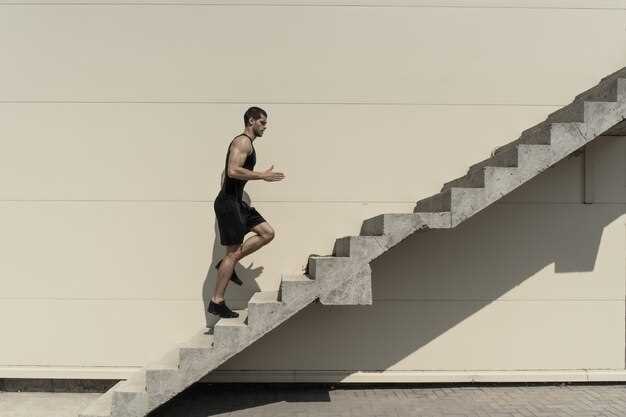

Cornering and leaning are two fundamental skills that significantly influence your performance on the track. Mastering these techniques not only enhances your overall speed but also increases your confidence while navigating sharp turns and challenging curves. To elevate your racing game, it is essential to understand the principles behind effective cornering and leaning, as well as the key strategies to implement on the track.
Understanding Weight Distribution is crucial for optimizing your cornering technique. Effective weight transfer allows you to achieve better grip and stability during turns. By shifting your body weight appropriately, you can enhance traction at the contact points of your tires, resulting in smoother and faster cornering. This pivotal aspect requires practice and attention to how your bike or car reacts under different conditions.
Practicing Techniques such as throttle control and braking will further strengthen your cornering abilities. Learning to balance acceleration and deceleration during a turn will not only reduce lap times but also prevent loss of control. As you hone these skills, incorporating them into real-world track sessions will help solidify your understanding and application of these cornering dynamics.
Mastering Weight Distribution for Optimal Cornering
Weight distribution is a critical factor in achieving optimal cornering performance on the track. Understanding how to manipulate your bike or car’s weight can lead to improved grip, stability, and handling. The primary objective is to maintain a balanced weight distribution across all four wheels or two tires during a turn.
To master weight distribution, you must first understand its impact on traction. When entering a corner, the distribution of weight can shift based on your braking, acceleration, and steering inputs. For effective cornering, your goal should be to maximize the load on the tires that are taking the most lateral force. This generally means transferring weight to the outside tires while minimizing load on the inside ones.
During the entry phase of a corner, proper braking technique is essential. As you brake, lean your body towards the inside of the turn to help shift weight forward and to the outside wheels. This practice enhances traction and allows for smoother steering input. Furthermore, maintaining a steady throttle through the mid-corner helps stabilize your vehicle by ensuring that weight remains balanced.
As you navigate through the corner, staying aware of your body position is important. For riders, moving your upper body towards the inside of the bike can help shift weight appropriately, while drivers can use their body to counteract the vehicle’s momentum. Engaging in proper body positioning aids not only in controlling weight distribution but also enhances overall cornering efficiency.
Exiting the corner requires a careful transition from turning to acceleration. Gradually applying power will further shift weight rearward, improving grip on the rear tires. However, being aggressive with throttle application can lead to excessive rear weight transfer, risking loss of control. Aim for a smooth and progressive acceleration to ensure optimal traction.
Regular practice on various track layouts will help you develop a keen sense of how to adjust weight dynamics according to different cornering scenarios. Analyzing feedback from your vehicle and making mindful adjustments can significantly improve your cornering technique over time. Remember, mastering weight distribution is about understanding the relationship between speed, steering, and body position to achieve the most efficient cornering performance possible.
Understanding Tire Grip and Its Impact on Lean Angle

Tire grip is a crucial aspect of motorcycle dynamics, significantly influencing cornering performance and lean angles. Grip is determined by various factors including tire composition, tread pattern, temperature, and road surface conditions. When a motorcycle leans into a turn, the contact patch–the area where the tire meets the ground–plays a vital role in determining how much lateral force it can generate without slipping.
As lean angle increases, the distribution of weight shifts, affecting the traction available. Each tire has a specific limit of grip, which is often visualized in terms of a ‘grip circle’. Within this circle, a rider can only effectively use a portion of the grip available for acceleration, braking, or cornering at any given time. Understanding this limit helps riders optimize their maneuverability during aggressive cornering.
The type of tire also significantly influences grip levels. Sport tires, designed for maximum performance, offer a softer rubber compound that provides better adhesion to the asphalt, allowing higher lean angles without losing traction. In contrast, touring tires might prioritize longevity over grip, resulting in less cornering capability under the same conditions.
Temperature is another critical factor; tires operate best within a specific temperature range. Cold tires can drastically reduce grip, necessitating careful warming through moderate cornering before aggressive lean angles can be achieved. Riders must learn to gauge tire temperatures, as they directly correlate to traction levels and, eventually, safety during cornering.
Environmental conditions such as wet or uneven surfaces can diminish grip, making it essential for riders to adjust their riding style accordingly. In adverse conditions, reducing lean angle and adopting smoother inputs can help maintain control and prevent slides.
Understanding the interplay between tire grip and lean angle allows riders to make informed decisions on the track, enhancing cornering skills and overall performance. By pushing the limits of grip while remaining within safe lean angles, riders can maximize their speed and confidence during competitive riding.
Practicing Body Positioning for Improved Stability

Body positioning plays a critical role in achieving maximum stability while cornering on the track. Understanding how to distribute your weight correctly can significantly affect your grip and control during aggressive turns. Focus on developing a few key techniques to enhance your overall performance.
Firstly, maintain a relaxed upper body to allow for smooth movements. Tension in the arms and shoulders can restrict your ability to maneuver the bike effectively. Keep your elbows slightly bent and hands light on the handlebars. This posture will enable better feedback from the bike, enhancing your reaction times.
Secondly, practice shifting your weight intuitively in relation to the bike’s lean angle. As you enter a corner, move your body towards the inside of the turn. This shift lowers the center of gravity and improves traction. The more you can anticipate the bike’s lean, the more fluid your movements will become.
Additionally, your leg positioning is essential. Keep your knees tight against the tank to maintain control and stability. This contact will help anchor your body and reduce unwanted movements that might destabilize the bike during high speeds. Experiment with your foot position as well; placing your toes on the pegs rather than your whole foot can help you stay agile when leaning into turns.
Finally, practice mindfulness during your rides. Being aware of your body’s position relative to the bike can help you make adjustments in real-time. Set aside time during practice sessions to focus solely on body positioning without worrying about speed. This will allow you to find the balance necessary for improved stability and control.





